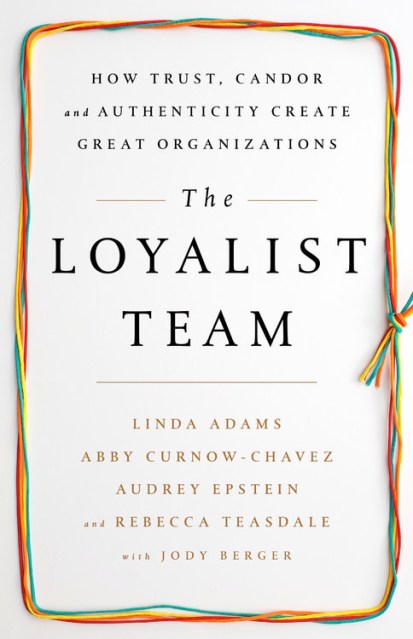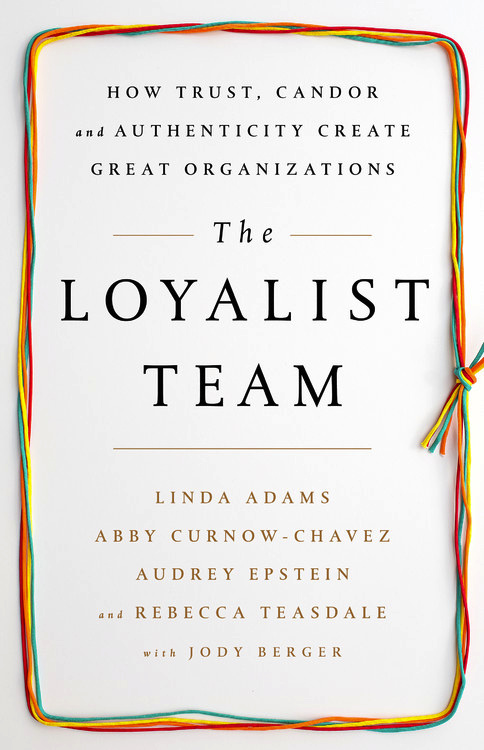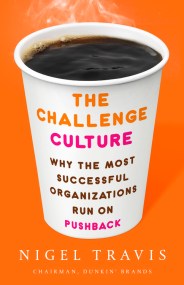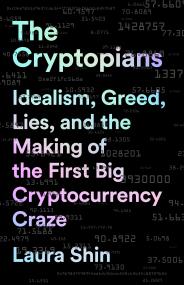Promotion
Use code MOM24 for 20% off site wide + free shipping over $45
The Loyalist Team
How Trust, Candor, and Authenticity Create Great Organizations
Contributors
By Linda Adams
By Abby Curnow-Chavez
By Audrey Epstein
By Rebecca Teasdale
With Jody Berger
Formats and Prices
Price
$28.00Price
$35.00 CADFormat
Format:
- Hardcover $28.00 $35.00 CAD
- ebook $17.99 $22.99 CAD
- Audiobook Download (Unabridged)
This item is a preorder. Your payment method will be charged immediately, and the product is expected to ship on or around September 12, 2017. This date is subject to change due to shipping delays beyond our control.
Also available from:
Here, four authors with a combined century of management experience show readers how every team can be extraordinary. The authors introduce their field-tested Loyalist Team 3D assessment that allows anyone to get to the heart of why teams break down, identify the weaknesses in their own team, and build a Loyalist Team. This kind of team has members who ensure each other’s success as they work to ensure their own, operate with absolute candor, and value loyalty and authenticity to deliver results, create a healthy work environment, and help companies succeed. The Loyalist Team is a must-read for anyone who wants their team to achieve extraordinary results.
Genre:
- On Sale
- Sep 12, 2017
- Page Count
- 240 pages
- Publisher
- PublicAffairs
- ISBN-13
- 9781610397551
Newsletter Signup
By clicking ‘Sign Up,’ I acknowledge that I have read and agree to Hachette Book Group’s Privacy Policy and Terms of Use








